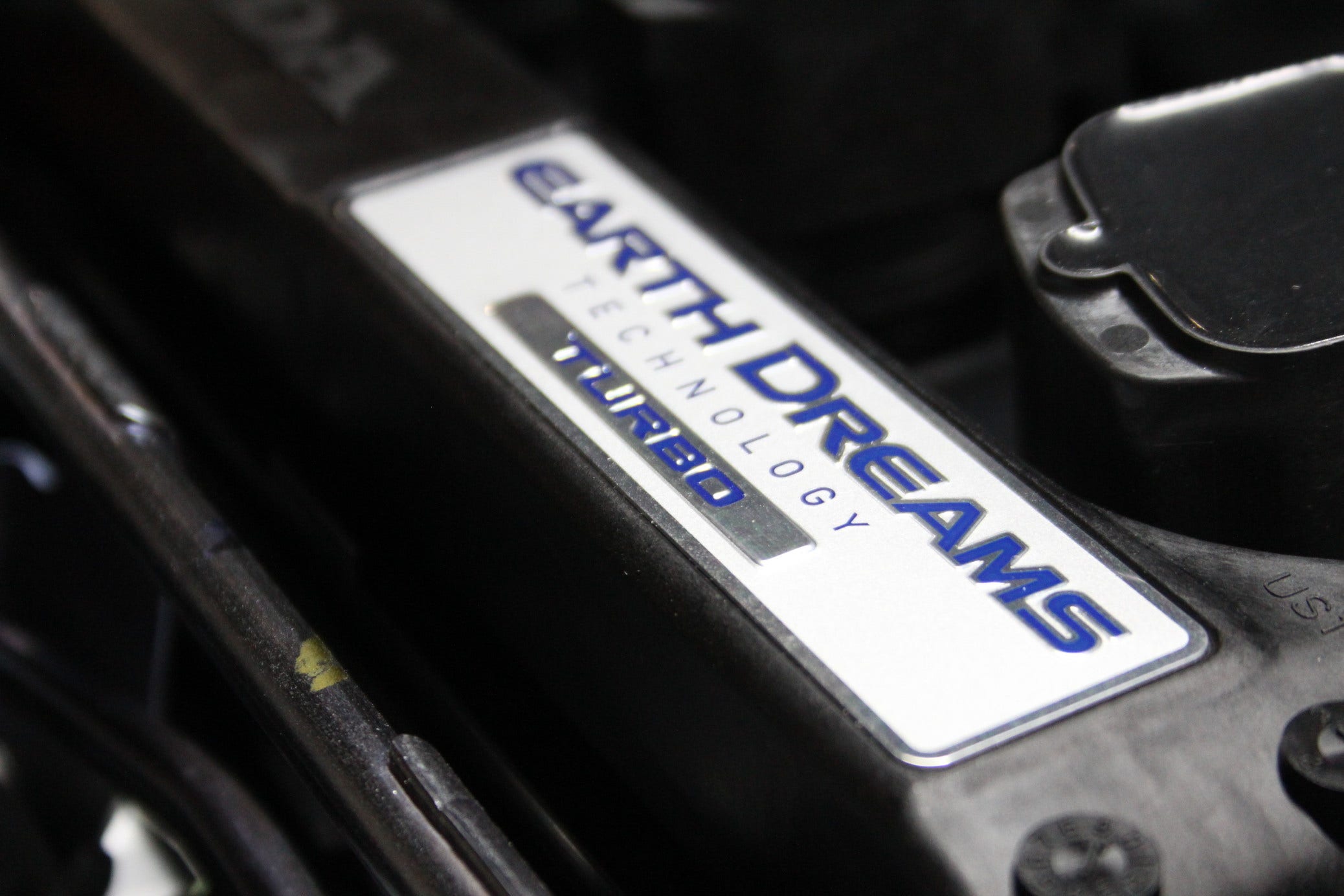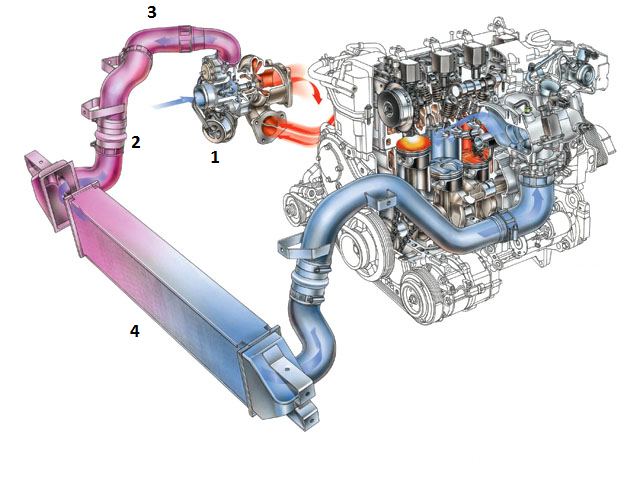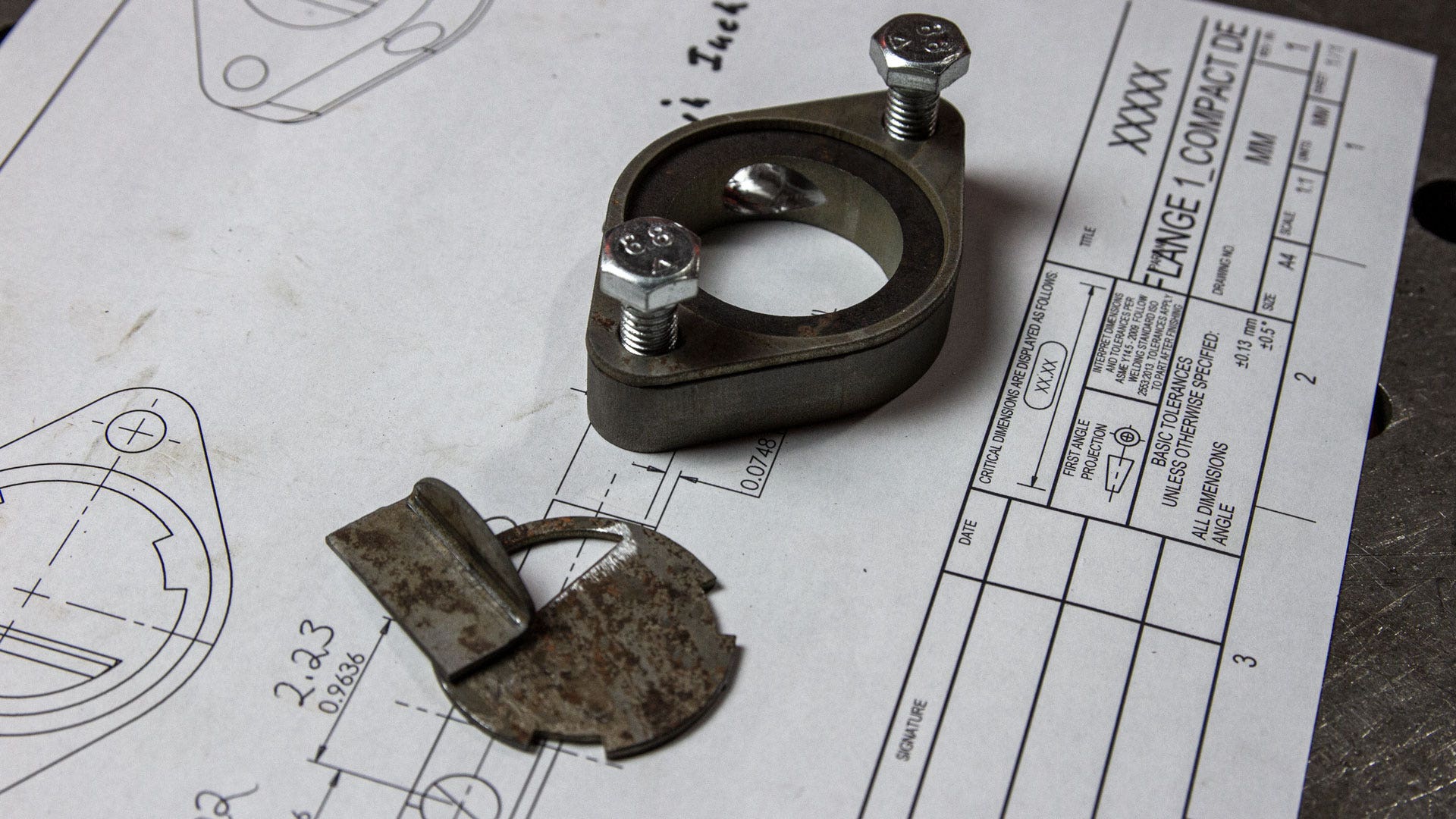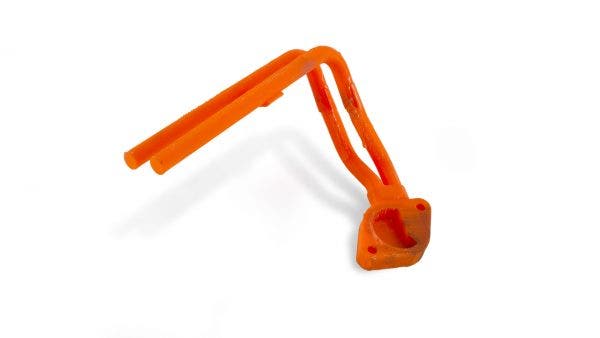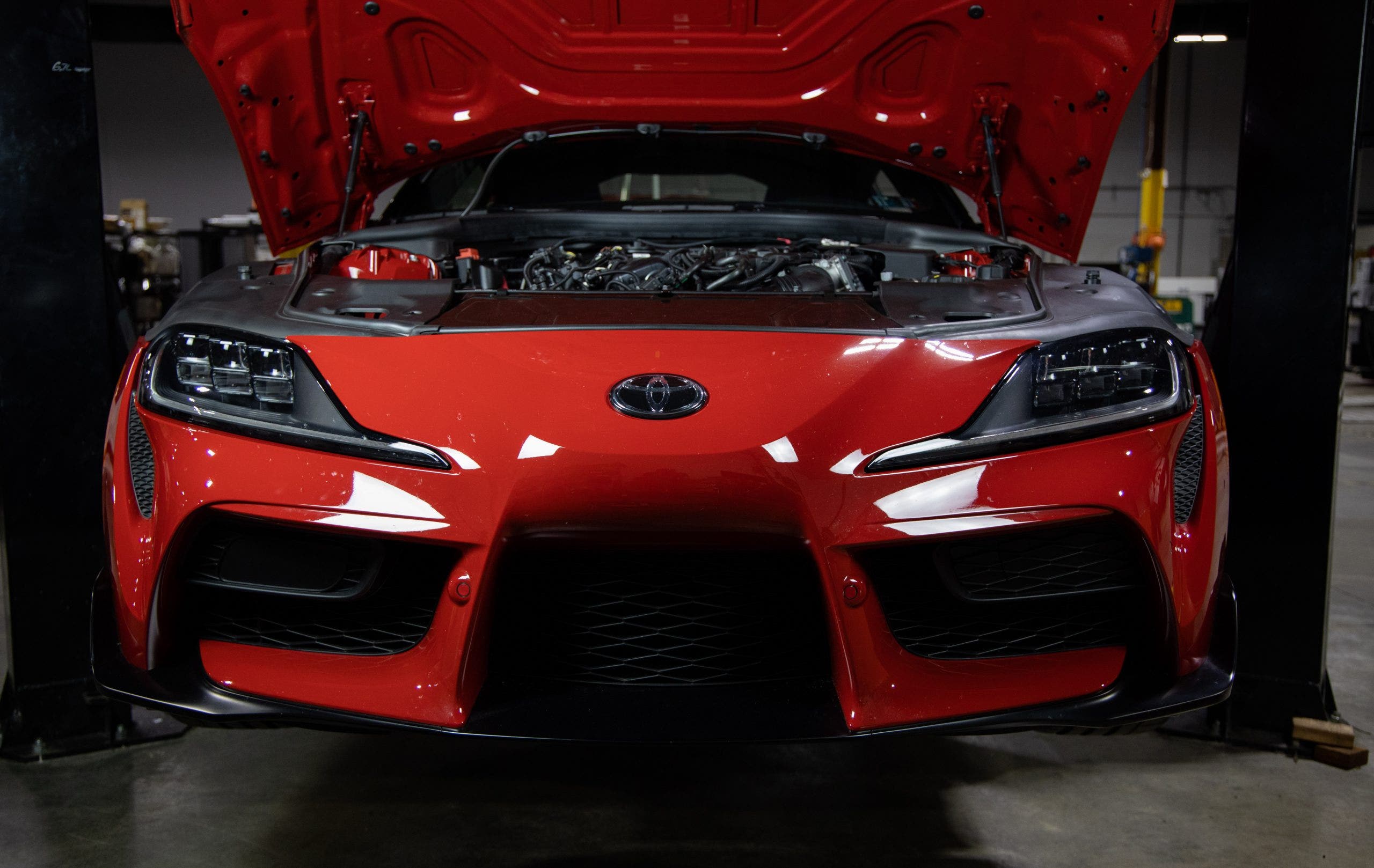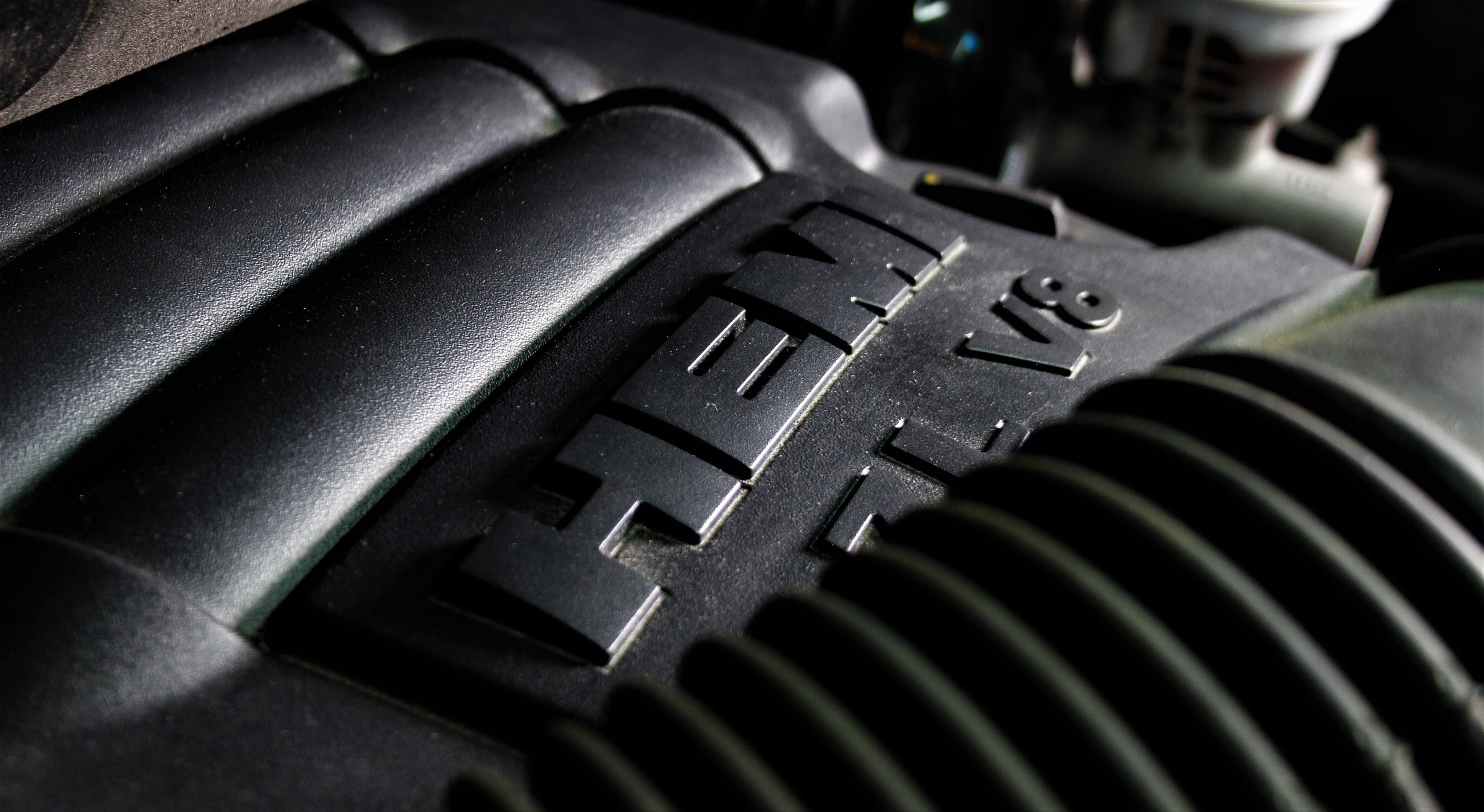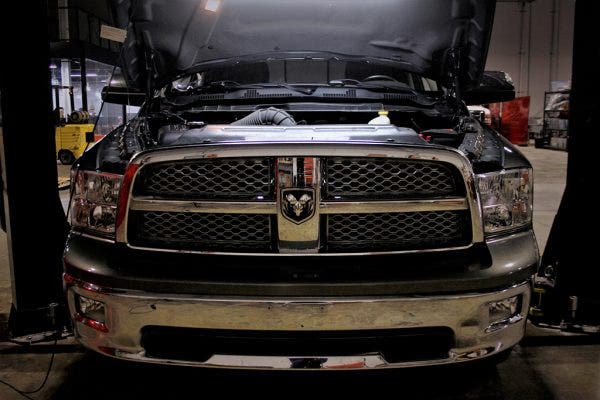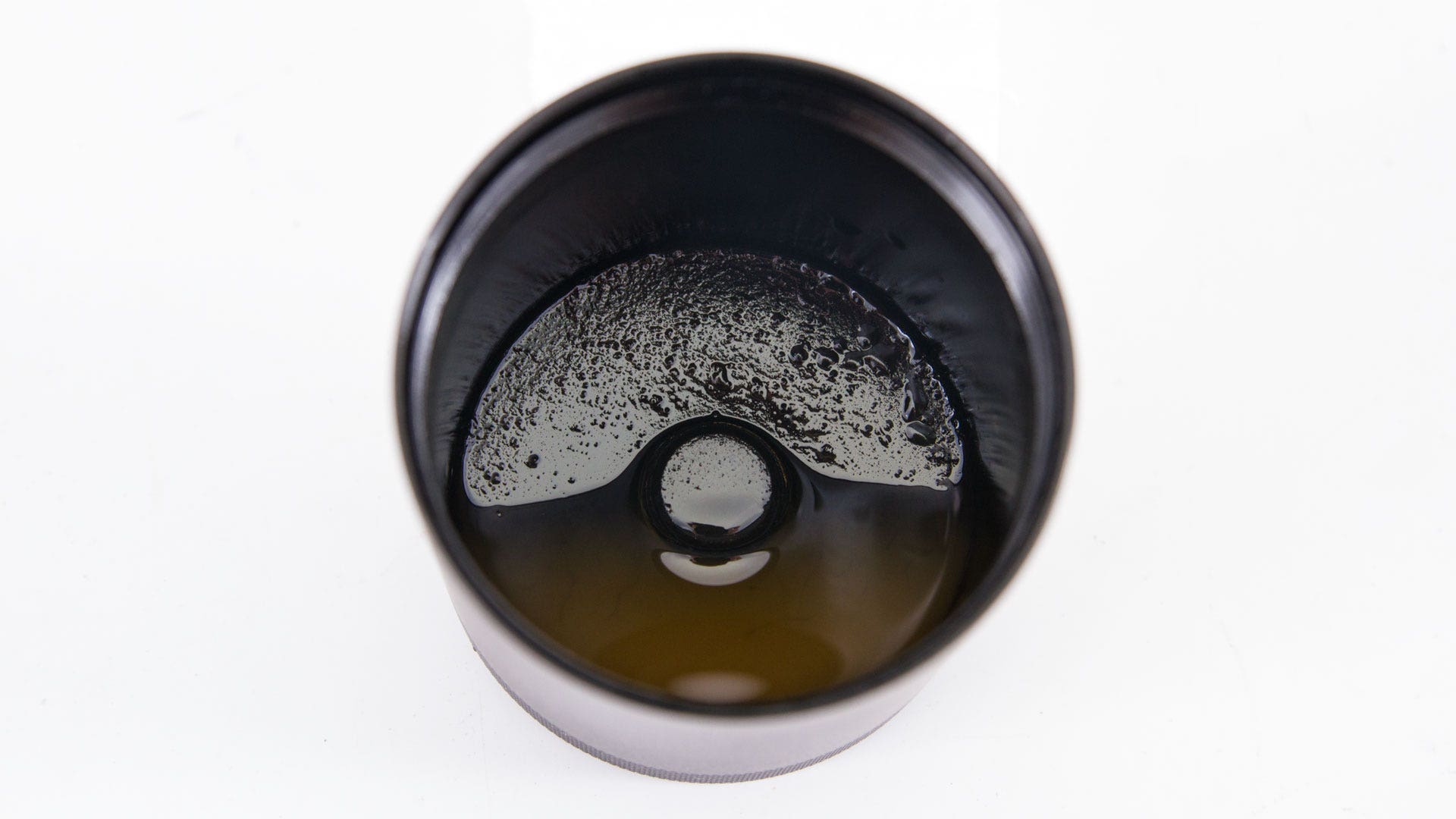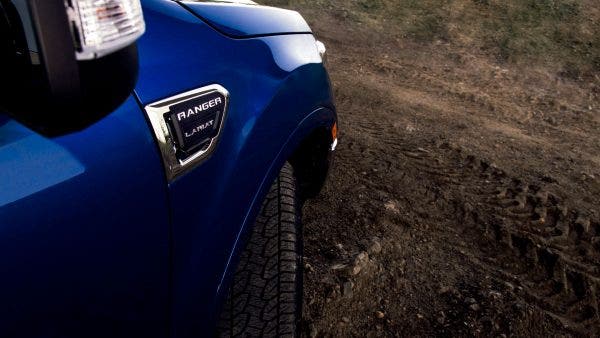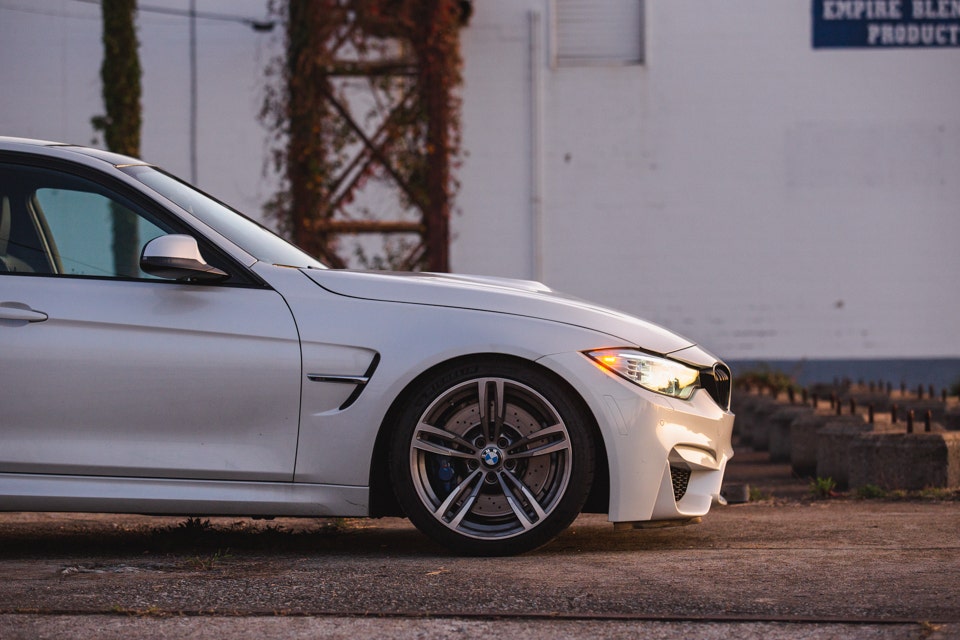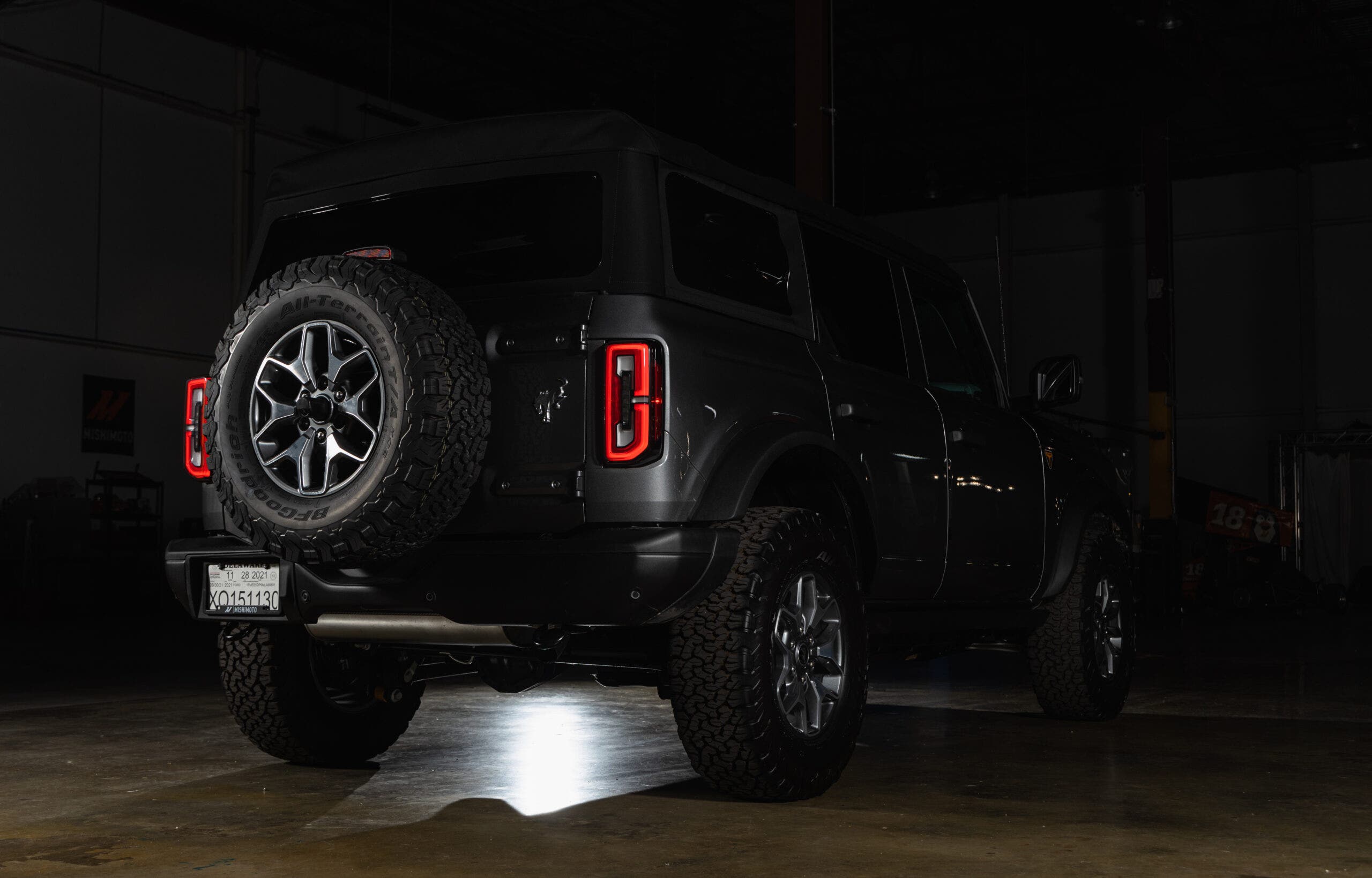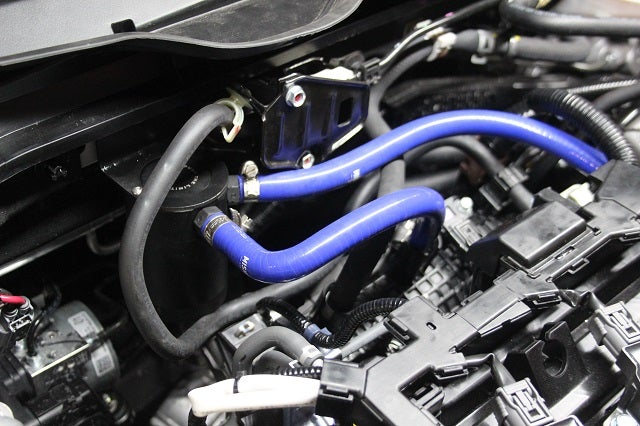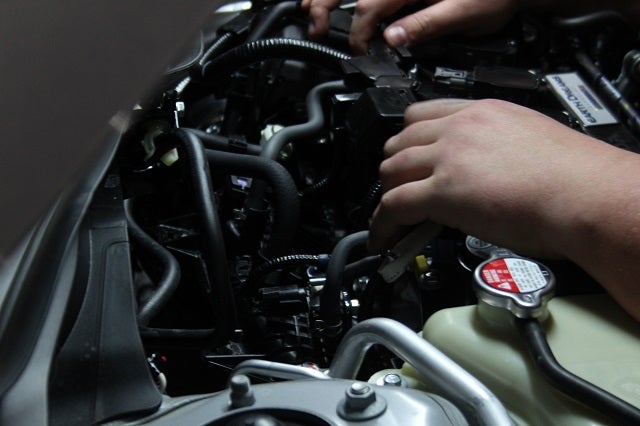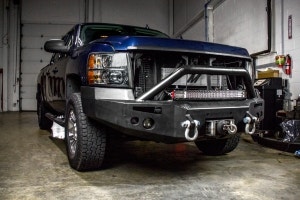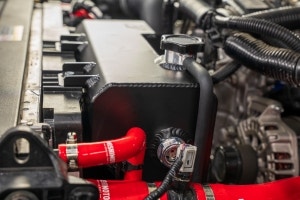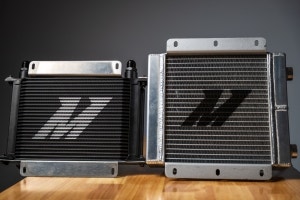We have been searching long and hard to get our hands on the new Honda Civic, and the search is now over! A brand new 2016+ Honda Civic equipped with the 1.5L Turbo engine has finally reached our R&D facility, thanks to a very generous owner. One of our first targeted projects is an oil catch can. There are many benefits to equipping a vehicle with a catch can. Modern fuel injection is accomplished by either port or direct injection, the latter used by this Civic. Let's briefly talk about the differences between the two.
Port vs. Direct Injection
With port injection, the fuel injectors are situated right inside the intake manifold, producing a fuel stream to mix with the air. That air/fuel mixture is shot straight into the combustion chamber through a valve. As the fuel passes through the valve area, much of the debris gets cleaned off - because as we all know, gasoline is an excellent solvent.
Direct injection, however, is the more common
